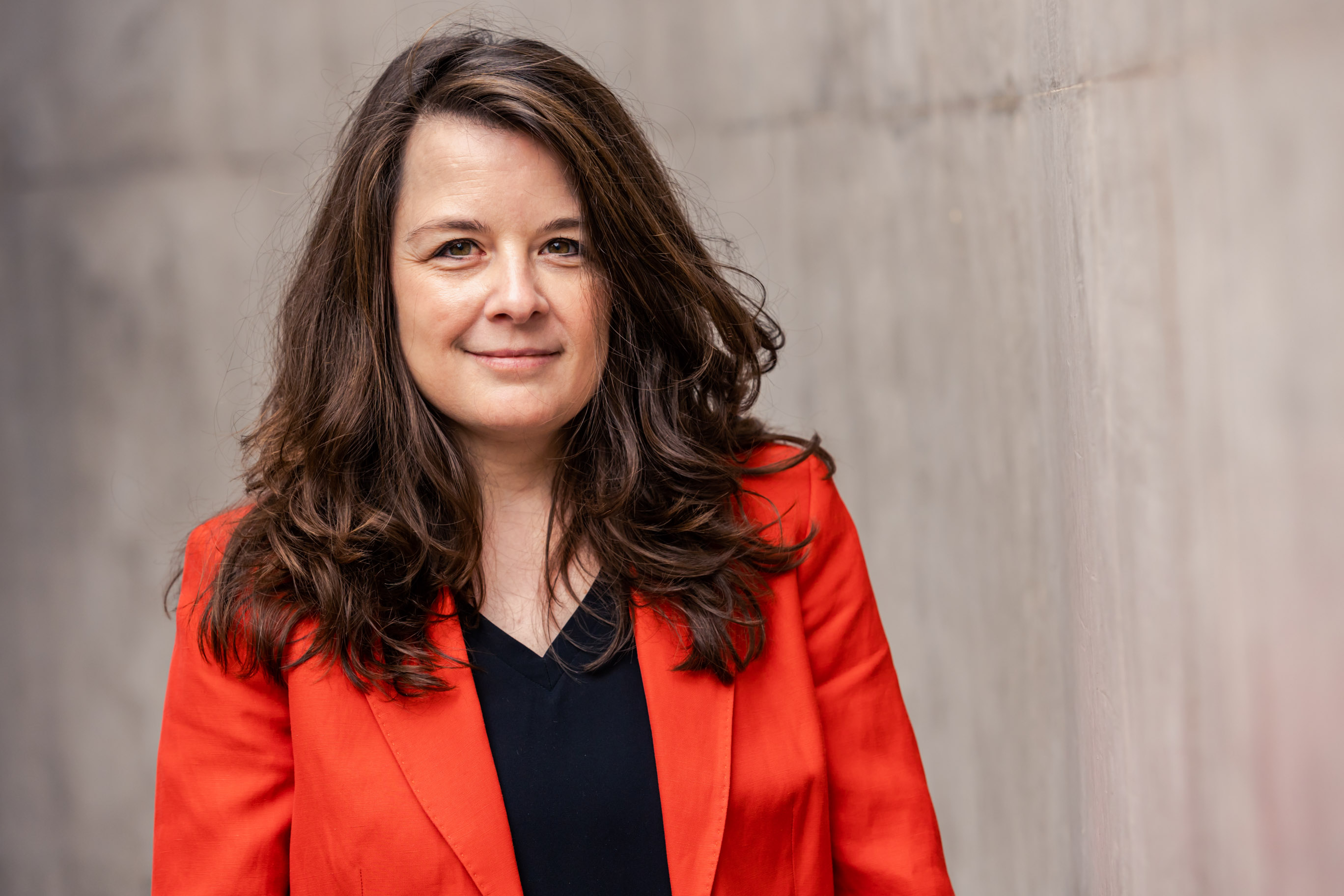Our Company – Our Contribution – Our Stories
Previously in the World of Farming
Your contact

Please note that your browser is outdated and that contents may not be shown correctly. We highly recommend that you download a more modern browser like for example Microsoft Edge.
